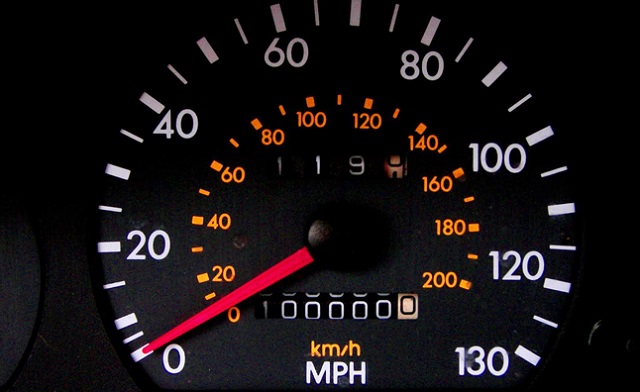
How to spot vehicles whose mileage has been changed
Kampala, Uganda | MOTORING GURU | The mileage of a motor vehicle affects its value on the market. Generally speaking; the higher the mileage, the lower is the value. Unfortunately, mileage tampering is a very common practice in all used car markets, in and outside Uganda. Part of the problem is that it is very easy to do with the right equipment.
The most common way to tamper with a motor vehicles mileage involves resetting the odometer or odograph; an instrument for measuring the distance travelled by a wheeled vehicle. Most odometers work by counting wheel rotations and assume that the distance traveled is the number of wheel rotations times the tire circumference. They may be digital or mechanical. It is no longer necessary to manually roll back the numbers on a mechanical instrument, Since odometers became digital in the early 2000s, they can be rolled back by using very basic equipment that hooks right into the vehicle’s electronic circuit. So don’t be fooled.
The odometer may be reset, the numbers altered, or replaced. These changes are often done together with others intended to make a vehicle appear newer than it is and, therefore, fetch a better price. Other alterations might include reconditioning of the external appearance of the vehicle.
To avoid being cheated, make sure you look to see if the wear and tear matches up with the reported mileage.
A low mileage car should still have the original tyres and brakes supplied by the manufacturer. It should also not show any wear on parts such as the steering wheel, gear lever, and pedals. Most mechanics will easily spot these. Get one to go with you on the buying trip.
You can also inspect the odometer for signs of tampering by ensure that all the numbers are easily readable and not crooked, there are no gaps between numbers, and there are no scratches and screws that don’t match or have been replaced. Some auto makers program odometers to show an asterisk if the mileage is changed. If there is any indication that the dashboard may have been removed, then suspect odometer tampering. Beware if the car has new parts that ordinarily would not be replaced until 60,000 miles. This may indicate odometer tampering.
Also remember that the mileage on modern vehicles is tracked via both the physical odometer, and the control module. The control module does not control the number displayed on the dash. In some cases of fraud, the number visible number on the dash will be altered, while the control module still holds the accurate mileage. Checking the module requires a special tool, but it is possible.
Even if a car looks and sounds great, it doesn’t mean there’s nothing to be concerned about. Never expect the numbers you see on the dashboard to be the true mileage of a used vehicle. The odometer can be rolled-back to take hundreds or even thousands of kilometres off the number displayed. An average vehicle travels 10,000kms per year in Japan. Therefore, a 60,000km odometer reading is only appropriate for a car manufactured in 2012 or later. The rest are shams. Remember, however, that this average accounts for both long-distance commuters and weekend-only drivers. So combine this info with your instincts when you inspect the vehicle.
 The Independent Uganda: You get the Truth we Pay the Price
The Independent Uganda: You get the Truth we Pay the Price



